O
|
|


 |
Octospora musci-muralis (a rare Ascomycete with no common name) 
Nov 26, 2022. At Little Brickhill Churchyard Stephen Plummer went searching amongst the gravestones for the bryophyte moss Grimmia pulvinata with one object in mind: to find this rarely recorded fungus which associates with it. He struck lucky with his third clump! There are very few national records of this species and it is new to the county. Quite a find!
|

 |
Octospora sp. bryum-capillare (an as yet undescribed Ascomycete) 
Jan 11, 2023. In Lacey Green Churchyard Sarah Ebdon spotted this tiny cup fungus - only 3mm across - lurking in moss on a tombstone. Having taken advice and help from various sources to identify both it and the moss species - critical with this often host-specific genus - it turns out to be an unnamed species of Octospora, close to O. coccinea which is known to be a species complex yet to be fully resolved. It is apparently quite frequent in Europe wherever the moss Bryum capillare is found - hence suspected of being host specific with it - and is known from the UK where expert George Greiff (who Sarah contacted) is familiar with it. This is a significant find and we hope to get a sample sequenced.
|
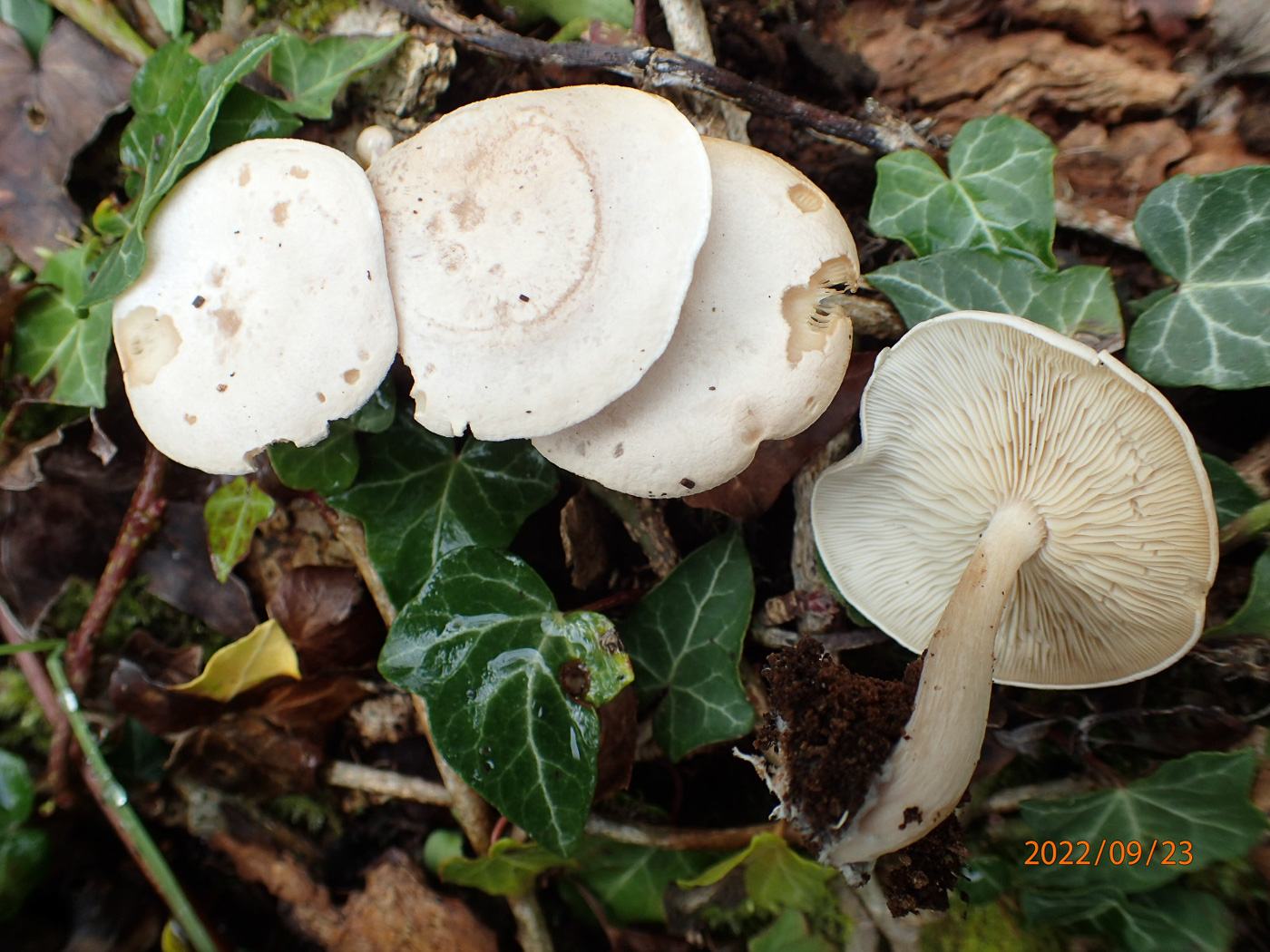
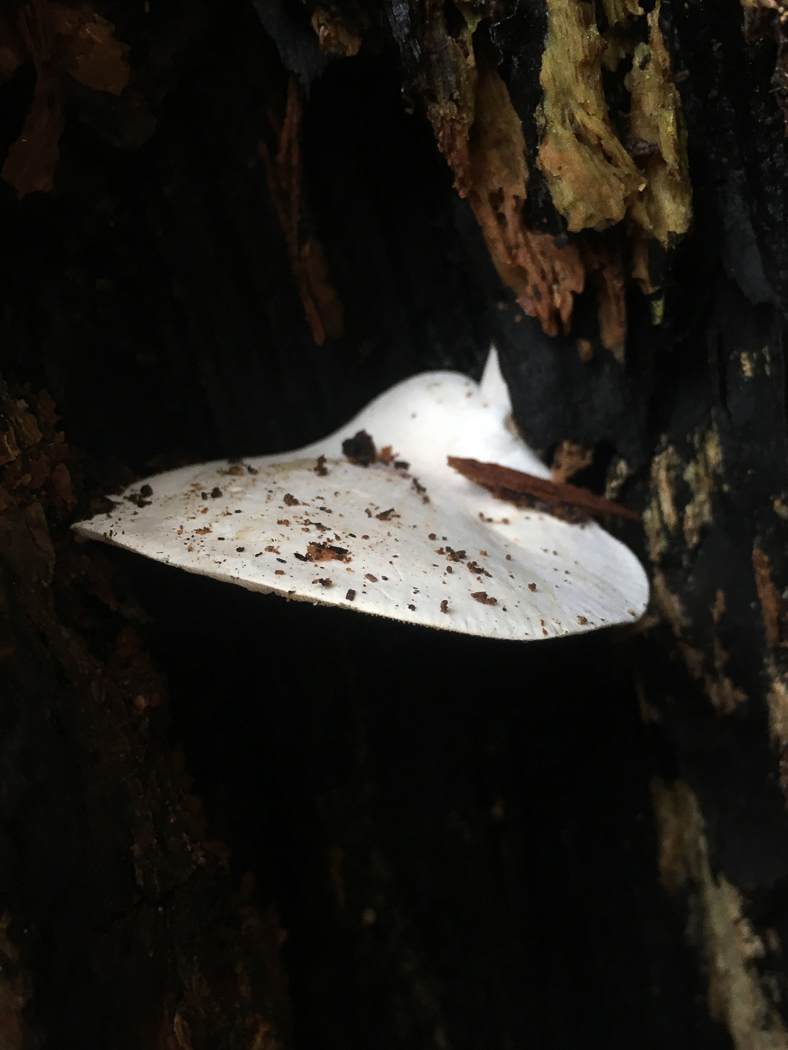
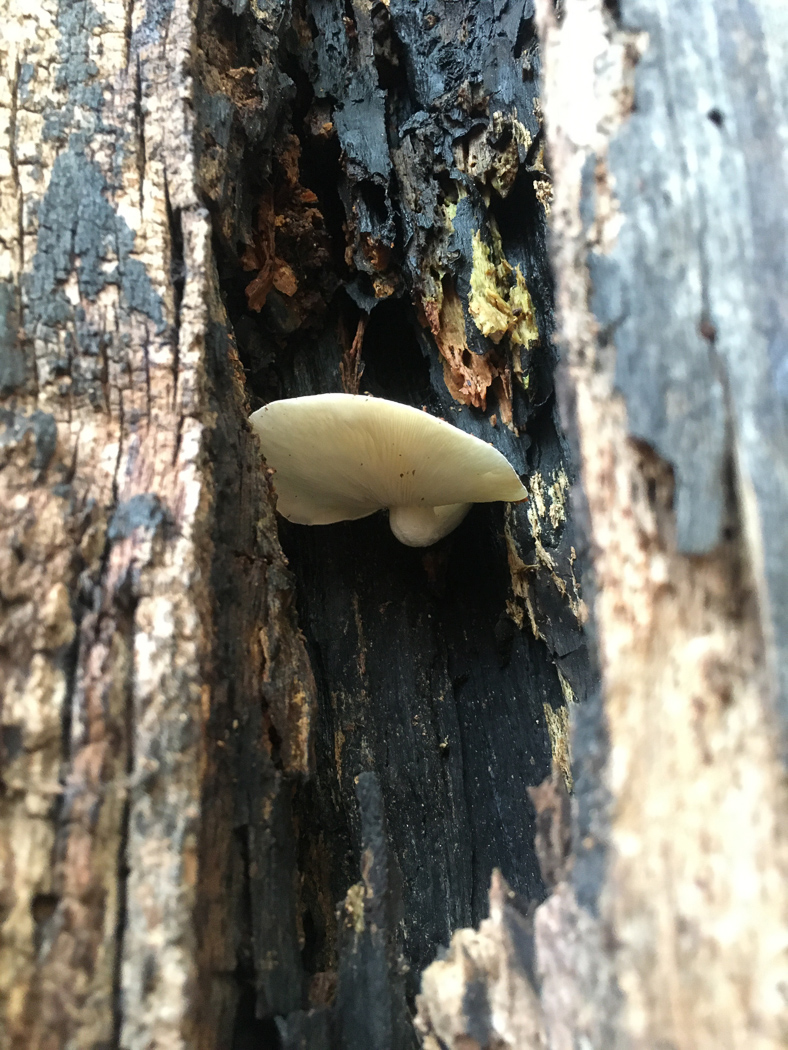
|
Ossicaulis lignatilis (Mealy Oyster)
Sep 23, 2022. In a friend's garden in Jordans village Jesper Launder found this quite rare species fruiting on decaying Ash. Not related to the Oysters, it occurs on rotting deciduous wood - often inside the bole of a trunk - and though the stem is often eccentric (not central or at right angles to the cap) the gills are much less decurrent than in true Oysters. Another difference: it has a strong mealy smell.
Nov 8, 2020. Inside the bole of an old Beech trunk in Burnham Beeches Russell Ness found this rare species. Similar to the common Oyster in shape, the cap is pure white and has very crowded white gills (see photo 3) which are hardly decurrent. The substrate here is typical and the species is considered an indicator species of ancient woodland and particularly favours Beech. It has a faint mealy smell (hence it common name). We have just four previous county records so this was another nice find for Russell.
|


|
Otidea alutacea (Tan Ear) 
Aug 4, 2023. At Hodgemoor Woods on an old disused Charcoal heap Penny noticed this pale pair of cups. The split down one side eliminated the genus Peziza, the beige colour eliminated O. bufonia (Toad's Ear) and the lack of any pink patches then eliminated O. onitica (Hare's Ear), making this a quick check with a scope to confirm.
Sep 12, 2020. Mistaken in the field for a species of Peziza, this collection was found under Lime at Turville Heath by Penny Cullington and the genus was not apparent until examined with a scope.  . As the tell tale field difference between the two genera was not obvious (i.e. the split on one side, missing in Peziza) it was assumed that here were two adjacent specimens of Peziza. Not so. Spore shape, size and smoothness together with other microscopic clues eliminated Peziza, and on closer inspection the somewhat obscure split in fact can be seen. . As the tell tale field difference between the two genera was not obvious (i.e. the split on one side, missing in Peziza) it was assumed that here were two adjacent specimens of Peziza. Not so. Spore shape, size and smoothness together with other microscopic clues eliminated Peziza, and on closer inspection the somewhat obscure split in fact can be seen.
|

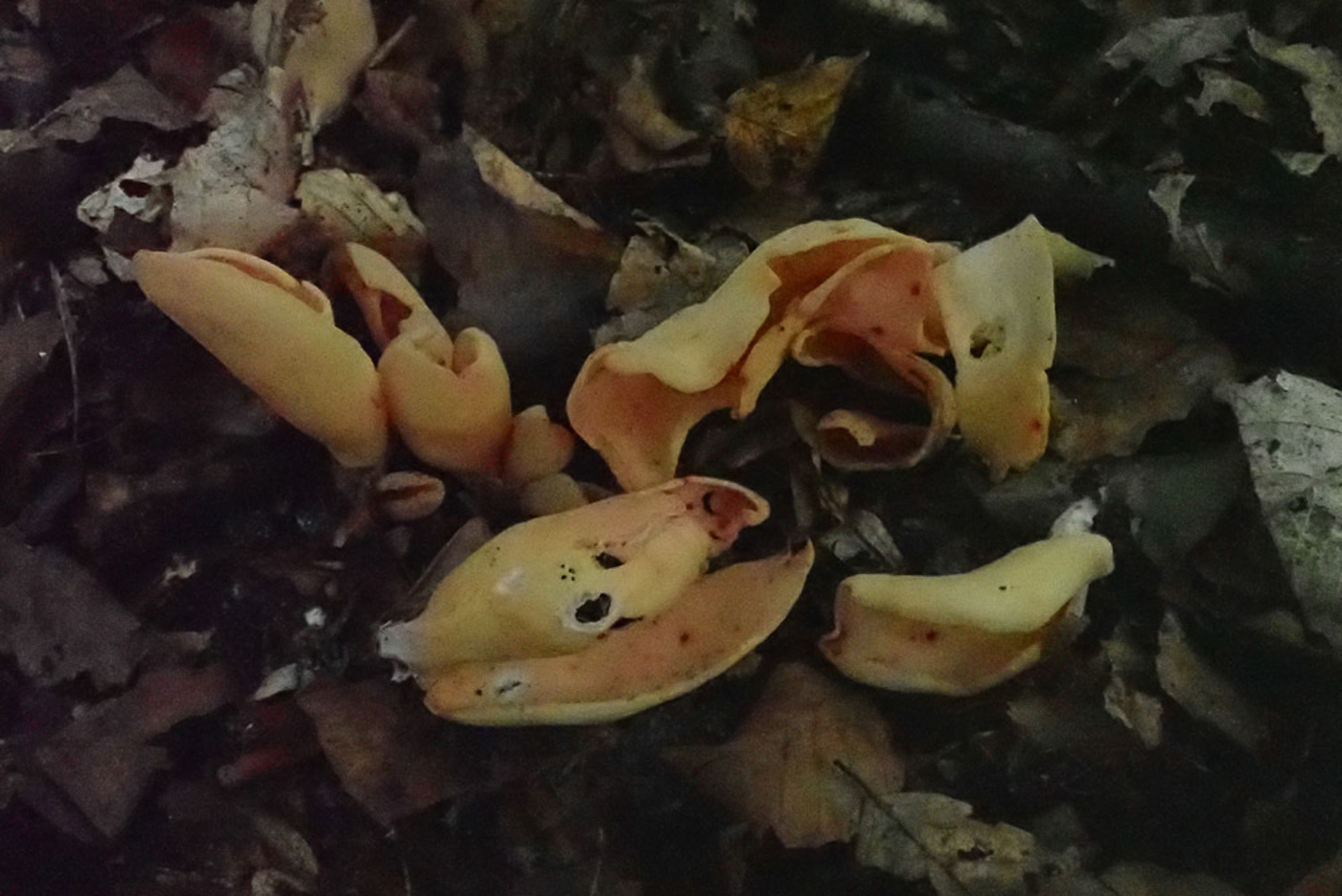

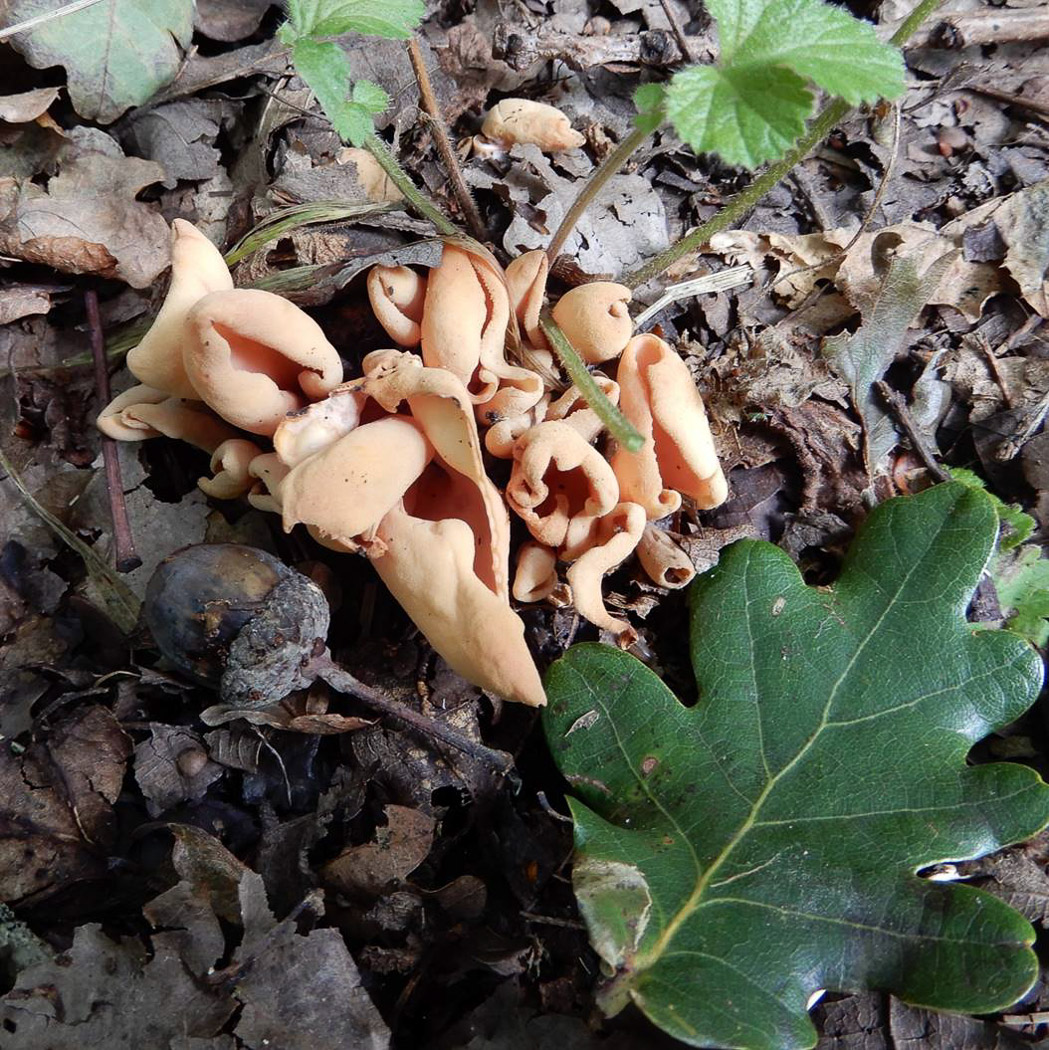
.jpg) |
Otidea onotica (Hare's Ear) 
Aug 30, 2023. In a mixed woodland clearing in Bernwood Forest Penny and Paul spotted this tight cluster of cups amongst the litter though they were very dry and beginning to shrivel somewhat. Still visible, however, were their split sides indicating this genus rather than Peziza or some other genus of cups, and their pink tinge, even some pink spots inside (not visible here), and clustered habit pointed to this species. This was confirmed later with a scope: smooth ellipsoid spores having two droplets and hooked paraphyses (cells in between the spore-bearing sacs).
Oct 11, 2021. In Burnham Beeches Paul Cullington found a nice collection of this attractive Ascomycete in decidous litter. One of several quite common species of Otidia, this one is easily separable when it shows the typical pink blotches on the inner surface though this feature is not always present or as obvious as it is here. These cup fungi are separated in the field from the similar genus Peziza but having a split down one side - absent in Peziza. They can get quite big - the larges t here was about 7cm long.
Sep 6, 2020. Our first Ascomycete photo, this was found by Margaret Bolton at Moorend Common growing in deciduous litter. The genus Otidea can be separated from the similar cup fungus genus Peziza in the field by having a split down one side, i.e not quite forming a complete unbroken cup.
|

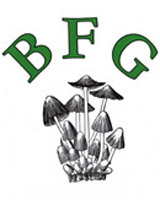














.jpg)